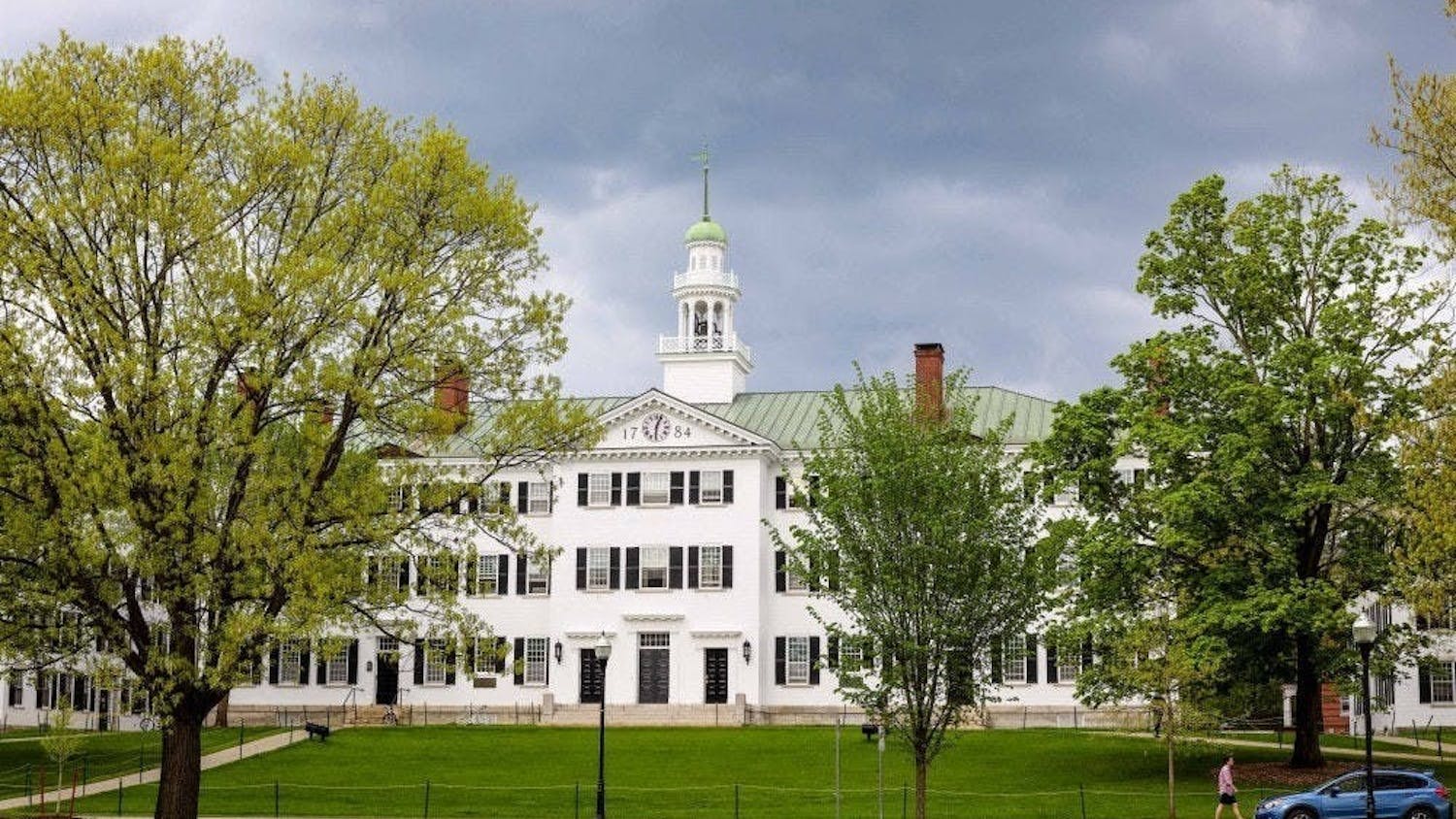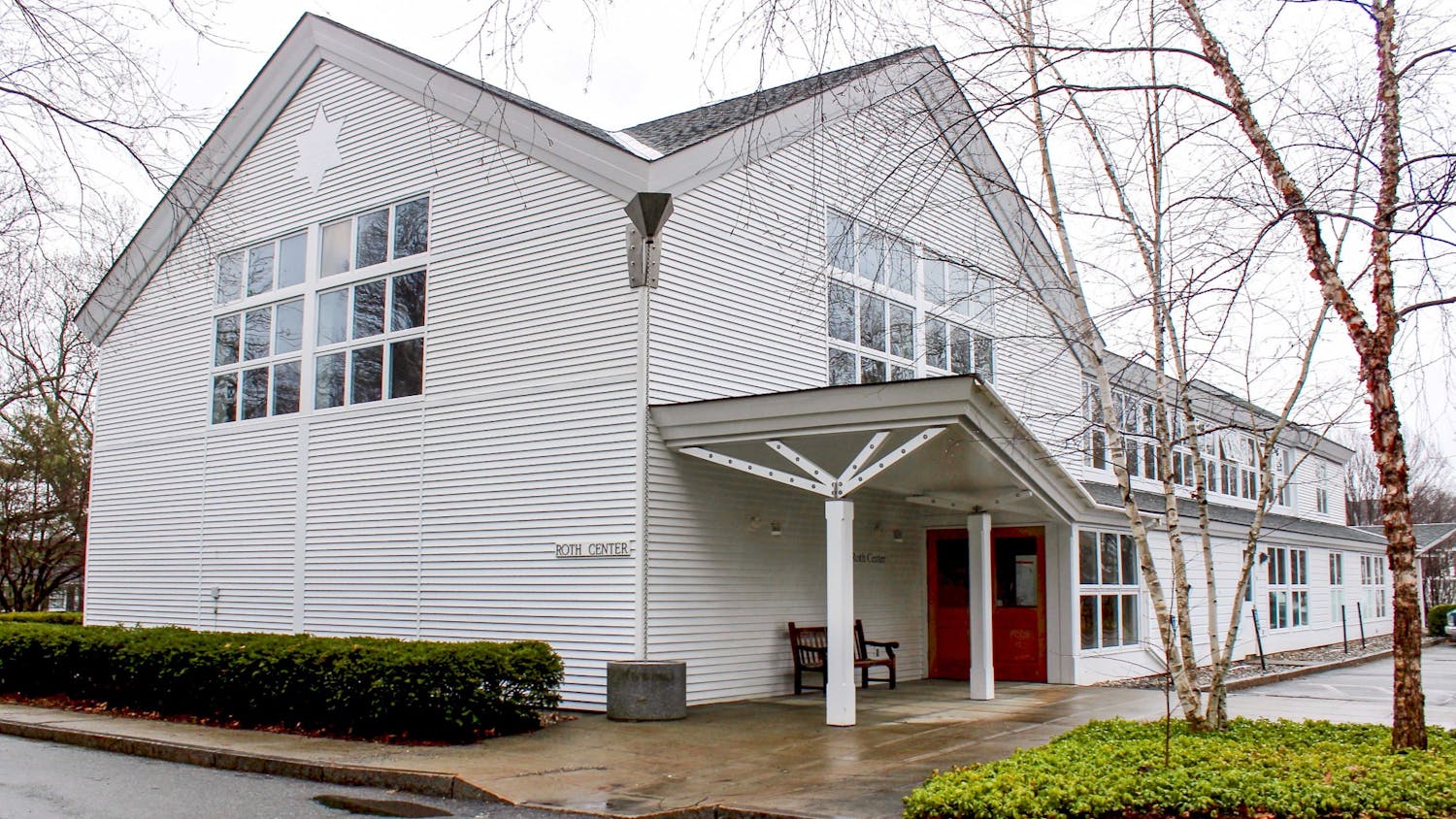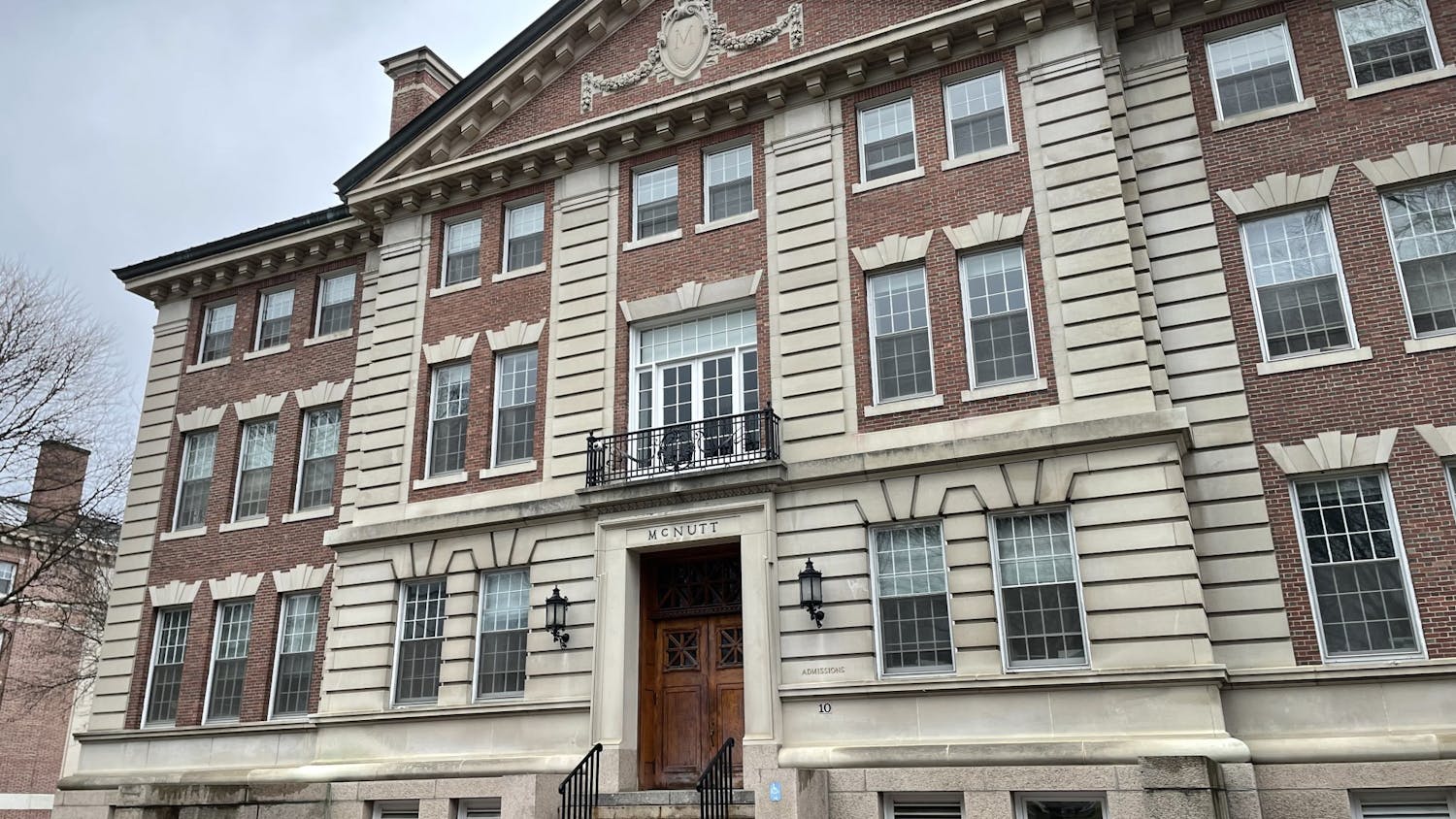Editor's Note: This is the third in a series of articles examining higher education admissions in the wake of last year's University of Michigan Supreme Court decisions. This article looks at race preference.
For those who argue that minority students receive an unfair advantage in higher education admissions, Dartmouth's admissions statistics could provide fodder for the debate.
College officials nationwide defend the use of race because of the educational benefit that is derived from a diverse student body. To achieve such diversity, many schools have found it important to consider race as one factor in their admissions process.
The opponents of affirmative action in admissions claim that colleges considering race give an unfair advantage to minority applicants, making it easier for those students to get in, while at the same time making it more difficult for white students to gain admission.
But the use of race as a factor in Dartmouth's admissions decisions appears to be making more than just a nominal difference. Dartmouth accepted 44.6 percent of African Americans who applied -- 2.5 times higher than the overall rate of 18.3 percent. Native Americans were accepted at 34.6 percent and Latinos at 29 percent. White students, on the other hand, had a more difficult time getting accepted; only 16.2 percent of white, non-international students received letters of acceptance.
"The rate of admissions is higher because we want to have a diverse student population," said Dean of Admissions Karl Furstenberg.
Furstenberg cited two reasons for the higher acceptance rates. First, the College recruits minority populations aggressively, producing "a very well cultivated applicant pool," he said. Second, Dartmouth and other prestigious institutions are competing for the same small pool of highly qualified minority students. The College has to accept more of them, therefore, to compensate for a lower yield.
"Its supply and demand," Furstenberg said.
But this kind of racial preference has white students crying foul. The Supreme Court approved last summer the consideration of race in college admissions after two white appellants sued the University of Michigan for discrimination. The petitioners alleged that the University's use of racial preferences in undergraduate admissions violated the Equal Protection Clause of the Fourteenth Amendment and Title VI of the Civil Rights Act of 1964.
The resulting decisions handed down by the Supreme Court found that race could legally be used as a factor in admissions decisions, but not in the specific way it was used by the undergraduate school. In the majority opinion in the Michigan law school case, Justice Sandra Day O'Connor declared that the Constitution "does not prohibit the law school's narrowly tailored use of race in admissions decisions to further a compelling interest in obtaining the educational benefits that flow from a diverse student body."
Furstenberg echoed O'Connor's argument.
"It seems to me to be unwise educationally for any institution to have a population that doesn't at least approximate what the national population is for reason of adding to understanding and experience," Furstenberg said.
But opponents of affirmative action remain unconvinced.
Former University of California Regent Ward Connerly has been one of the nation's most vocal opponents of race in higher education for years. Connerly lead the successful push in California to pass Proposition 209, banning racial preference in California. Connerly now heads the American Civil Rights Institute, based in Sacramento, Calif., which continues to fight nationwide for the end of racial preference and educational reform.
"Race has been a factor for all of history in the U.S. It's what led to the Civil War," ACRI Director of Public Affairs Diane Schacterle said. "There are better ways to determine disadvantaged students. Your first consideration should always be merit. If you're looking for disadvantaged students you're doing it backward."
The ACRI and many other groups fighting racial preference nationwide propose replacing the consideration of race with a consideration of financial background in order to achieve diversity through race-neutral means.
But not all minorities are receiving preference. The number of Asian American college applicants has grown substantially over the last decade, so that Asian Americans no longer receive a significant preference for being a minority sub-population. Asian Americans applying for the Class of 2008 at Dartmouth enjoyed just a four percent boost over the average applicant, being accepted at a rate of 22.8 percent.
This is partially attributable to the higher number of Asian American applicants compared to the other minority groups. A record 1,513 Asian Americans applied for a spot in the Class of 2008, compared to just 437 African Americans.
Michele Hernandez '89, author of the book "A is for Admission," and currently a private college consultant, noticed the disparity when she worked for the Dartmouth admissions office in the mid-1990s.
"Colleges count Asian Americans in the numbers of students of color, but Asians receive no preference in the admissions process. I can't believe Asians aren't outraged," Hernandez said.
While Connerly and other opponents of racial consideration of any kind use the argument of fairness to make their point, proponents of the use of race also argue that it is a question of fairness--fairness for those who have not had as much opportunity in their lives.
"Not every student here is going to come from the best, most elite school in the country with lots of A.P. courses," Furstenberg said. "People are going to have different experiences, and they can be just as talented intrinsically. Our role is to educate people, not just to take in semi-finished products and polish them up so they can go on to grad school."



